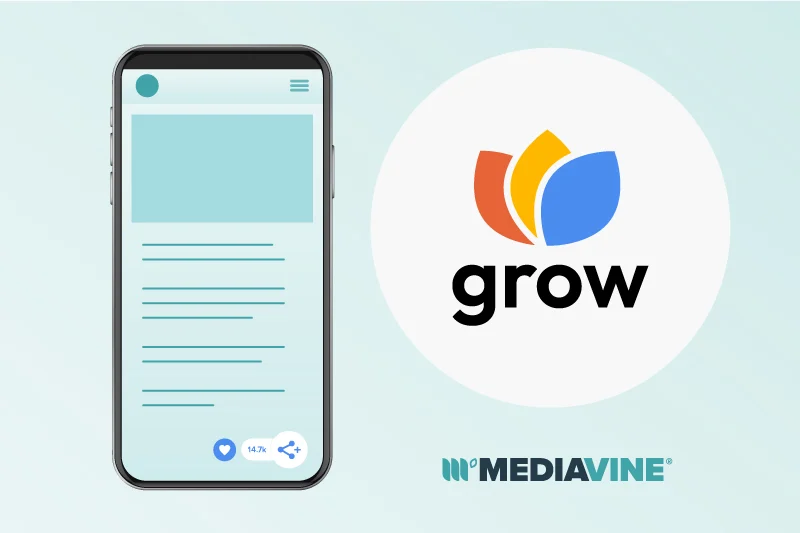Google Moves Goalposts, Will Now Phase Out Third-Party Cookies By Late 2023


Google‘s plan to phase out support for third-party cookies by mid-2022 will now be delayed by almost two years, the company announced June 24.
No, this is not an April Fool’s joke. (See the bottom of this post for a good one.)
Google announced an updated timeline to their plan to phase out third-party cookies in Chrome. Publishers now have until 2023 before the expected cookiepocalypse.
While Google’s Privacy Sandbox initiative is showing progress, the company has determined that their already delayed mid-2022 timeline is too soon.
This will allow for the industry to come together “to develop a set of open standards to fundamentally enhance privacy on the web.”
While we believe that more time to get this right is valuable and warranted, we also believe that there is no time like the present to build a robust first-party data solution through a user engagement suite like our exclusive product, Grow.
iOS and other browsers have already eliminated third-party cookies, so authenticating users through premiere services like Grow are the key to monetizing traffic on those browsers and providing better user experiences at the same time.
The company’s blog post this morning laid out an updated timeline for Chrome’s plan to deprecate third-party cookies. The long and short of why:
Everybody needs more time to get this right.
“While there’s considerable progress with this initiative, it’s become clear that more time is needed across the ecosystem,” Chrome’s director of privacy engineering, Vinay Goel, writes.
Google’s Privacy Sandbox initiative, which aims to build technologies that protect user privacy while keeping the web accessible and open for business has shown progress, but not nearly enough for the mid-2022 timetable (already delayed from a previous, even more optimistic early 2022 goal) to be viable.
According to Google, all participants in the industry must “come together to develop a set of open standards to fundamentally enhance privacy on the web, giving people more transparency and greater control over how their data is used. In order to do this, we need to move at a responsible pace.”
That pace now looks like this:
What “phasing out” actually means is that Chrome will gradually shorten the maximum duration of third-party cookies (which can be up to a year at present) from months to weeks to days to nothing at all.
That takes us to the end of 2023, assuming all goes according to plan.
The abruptness of today’s announcement and the length of the timeline extension were a bit jarring, given the industry-wide sense of urgency driven by Google in the past year.
Yet at the same time it makes sense.
The end of third-party cookies represents a tectonic shift in the ecosystem. Publishers, regulators and all other players in the advertising industry are struggling to adapt.
More time to get this transition right is a good thing — especially if you’ve already been paving a path forward, as Mediavine has been with Grow.

While we work with Google and industry leaders to help implement initiatives like the Privacy Sandbox, we’ve been hard at work on our own solution as well.
Google and other industry players have been planning for the end of cookies with a two-pronged solution involving the Privacy Sandbox and first-party data.
First-party data is information the publisher (your site) provides to advertisers about a reader, rather than the advertiser relying on third-party data via cookies.
Grow is Mediavine’s audience engagement suite, which provides enhanced website experiences and thus encourages readers to log in — consenting to personalized ads.
Those consenting — or authenticated — users will become even more valuable than cookie-driven traffic. Not just down the road when Chrome phases them out but today.
We’ve already seen this in action. With iOS and other browsers having axed cookies already, there is no time like the present to start building this data.
Any users you can authenticate through Grow — along with significant improvements to user experience and ad revenue that it provides — will help you better monetize iOS traffic right now.
Grow has a goal of 5-10% of authenticated traffic. With this extended timeline, we can all breathe a sigh of relief knowing that goal just became a lot more attainable.
One of the biggest challenges with first-party data is that it requires scale to be successful. We now have more time to get there and already have a huge head start.
If you’re a Mediavine publisher and you haven’t turned on Grow in your Dashboard, why not start today?
With features like Recommended Content, Search and Subscribe and the Spotlight Widget, thousands of MVPs are already providing their audiences with a better experience using Grow, a free resource for Mediavine publishers.
Now is the time to stay years ahead of the competition and prepare for a cookie-less future, with more stability and less panic in the meantime.
It’s a good day. And, as promised, we invite you to the Privacy Playground:
Stay up to date with the latest from Mediavine
Welcome to the much-anticipated release of the fifth-annual edition of “The Best eCPM Days of the Year” calendar. Each year, we analyze historical trends to provide publishers with a graphical …
In today’s digital landscape, advertisers are becoming increasingly selective about where they place their ads. With the growing importance of brand safety, audience engagement and ROI, the quality of a …
 Eric Hochberger
Eric Hochberger
Since the advent of Trellis, Mediavine’s goal was to provide a WordPress framework to meet the needs and pain points of independent publishers. We’ve had the pleasure of working with …